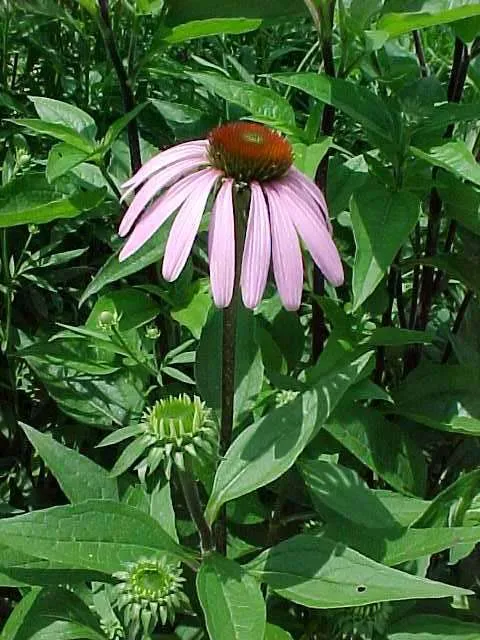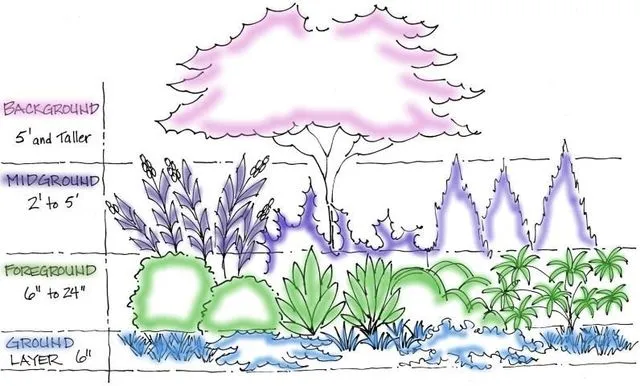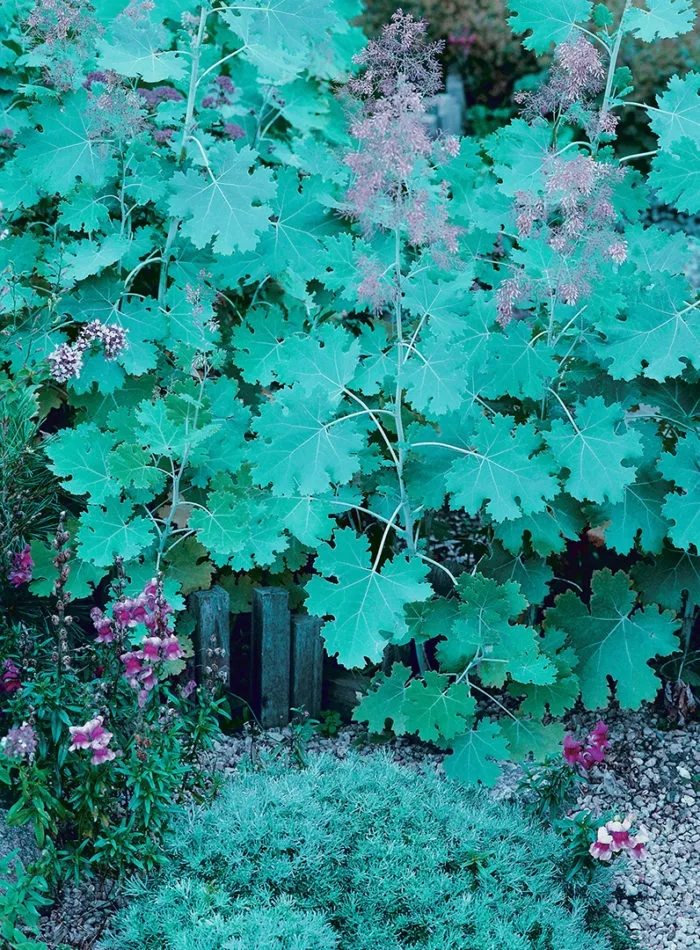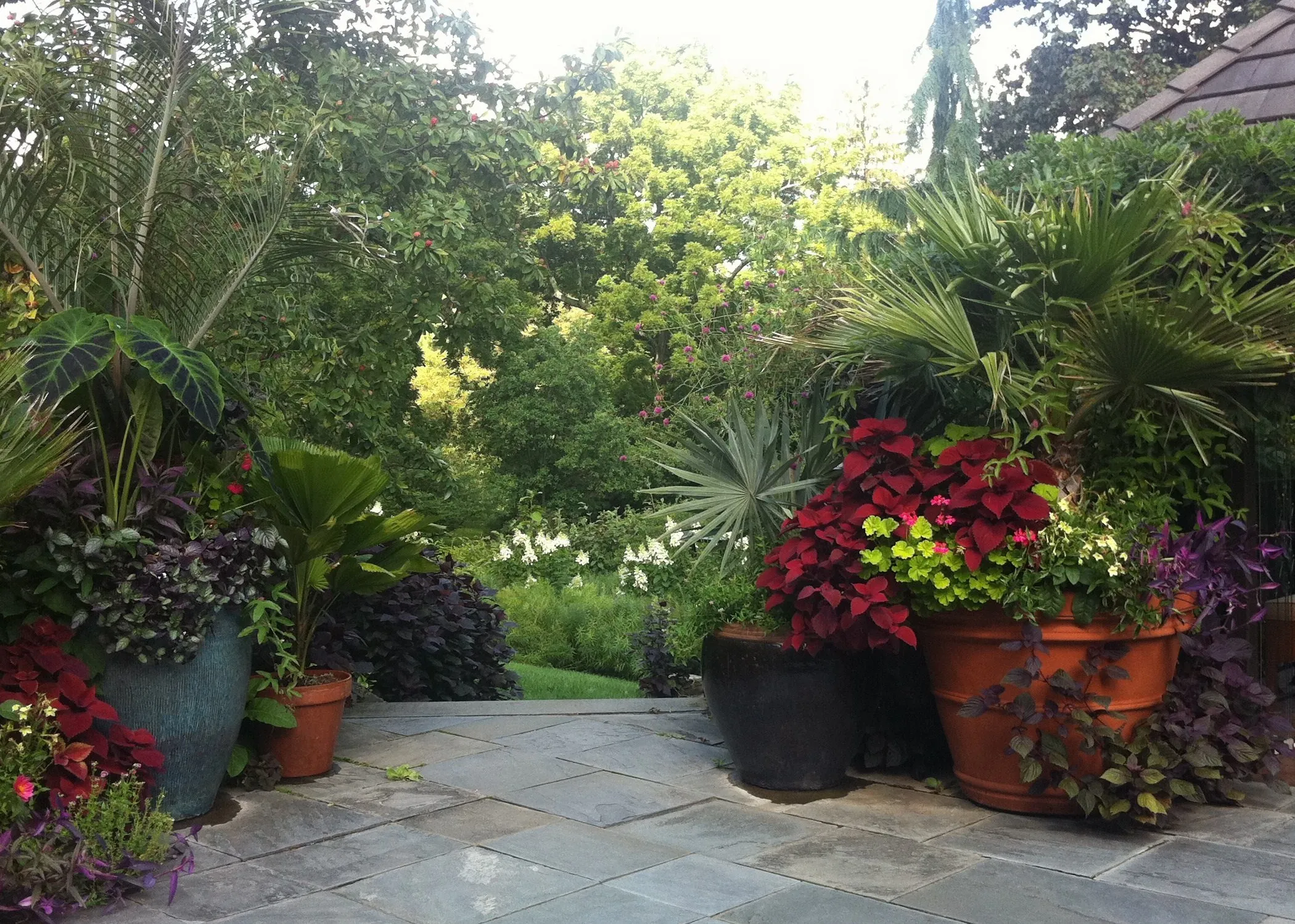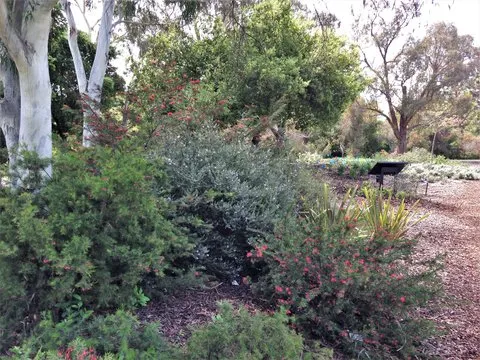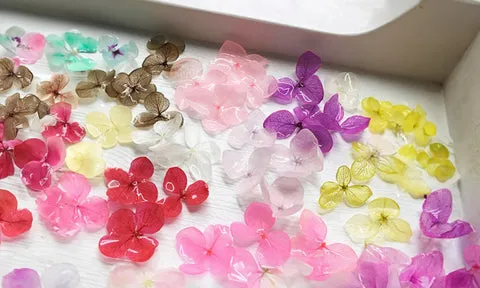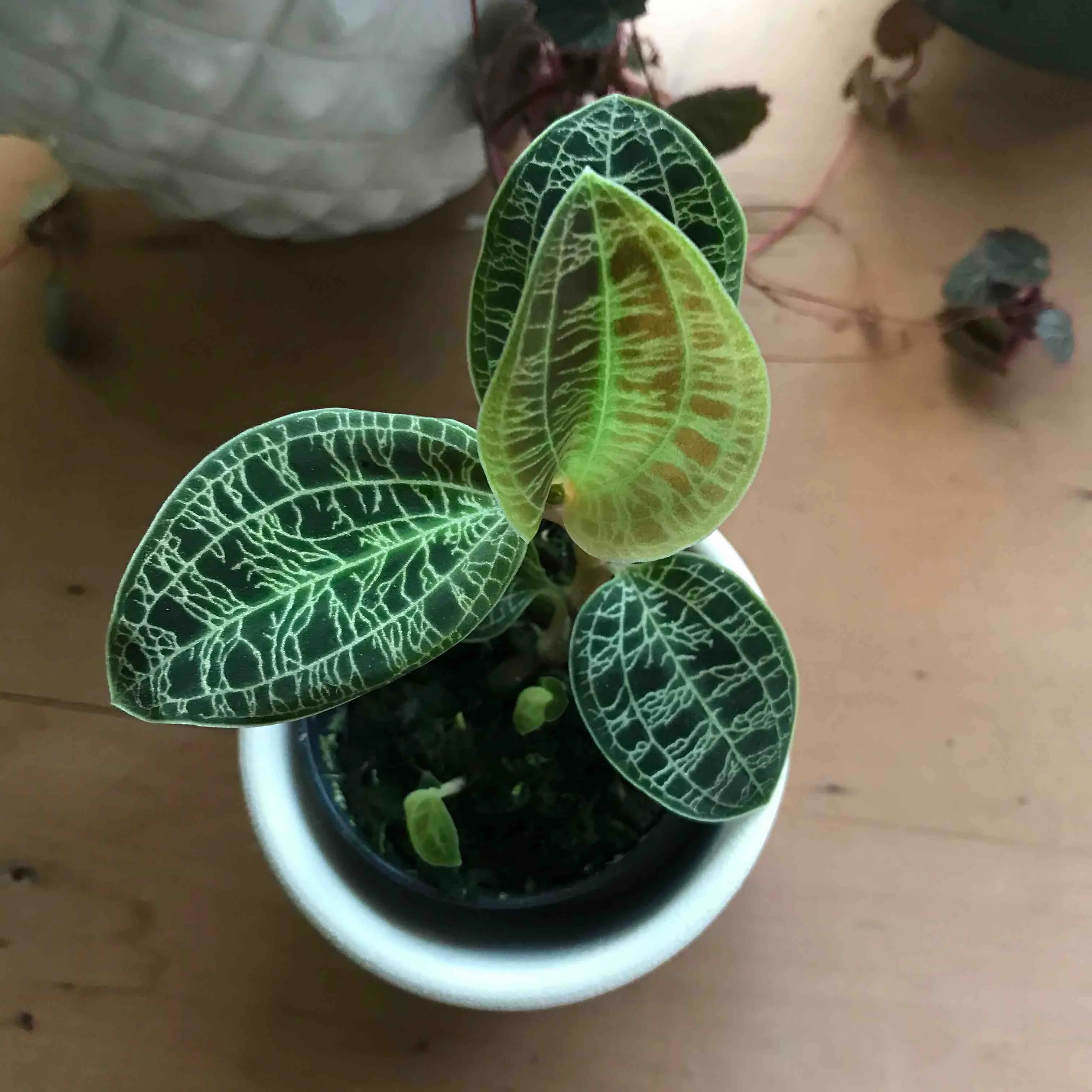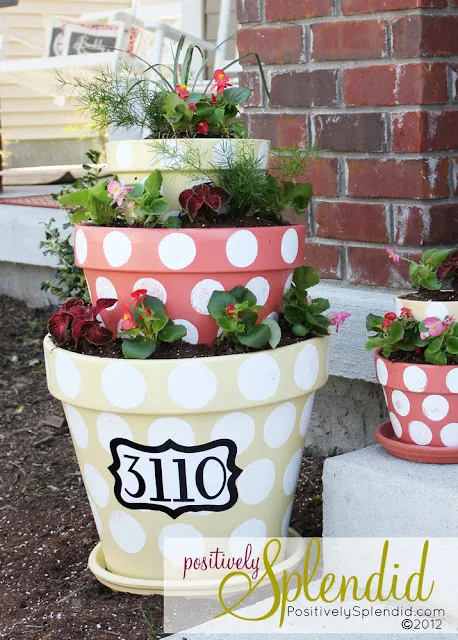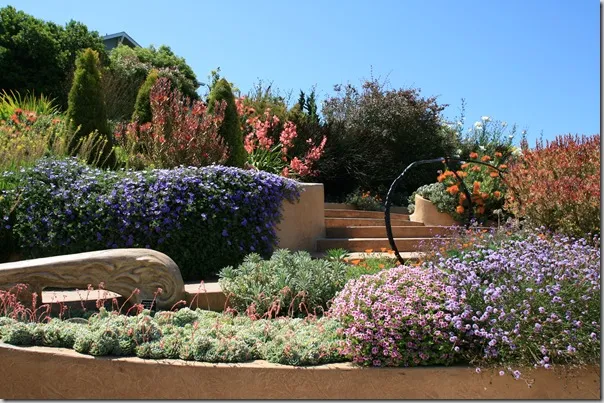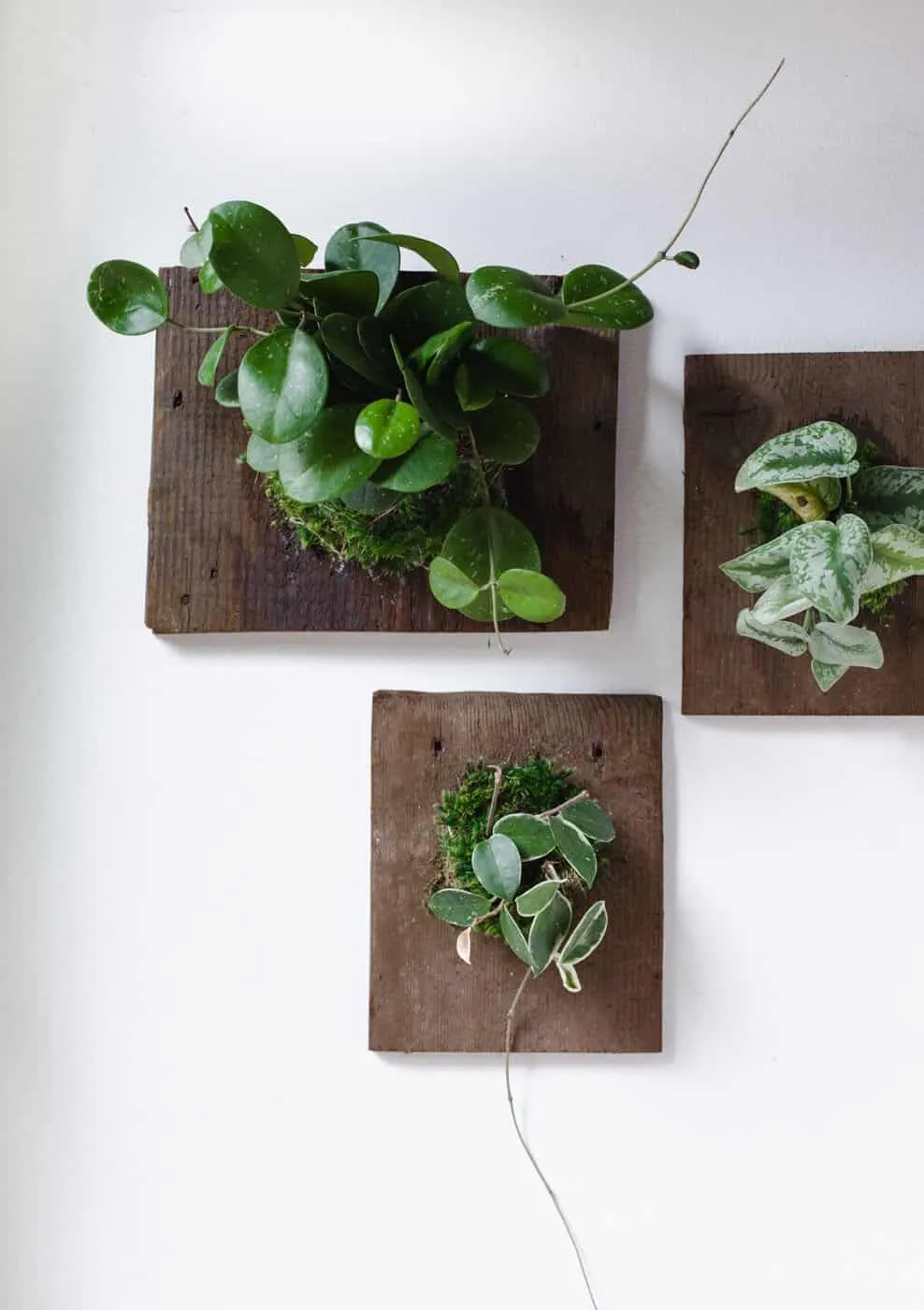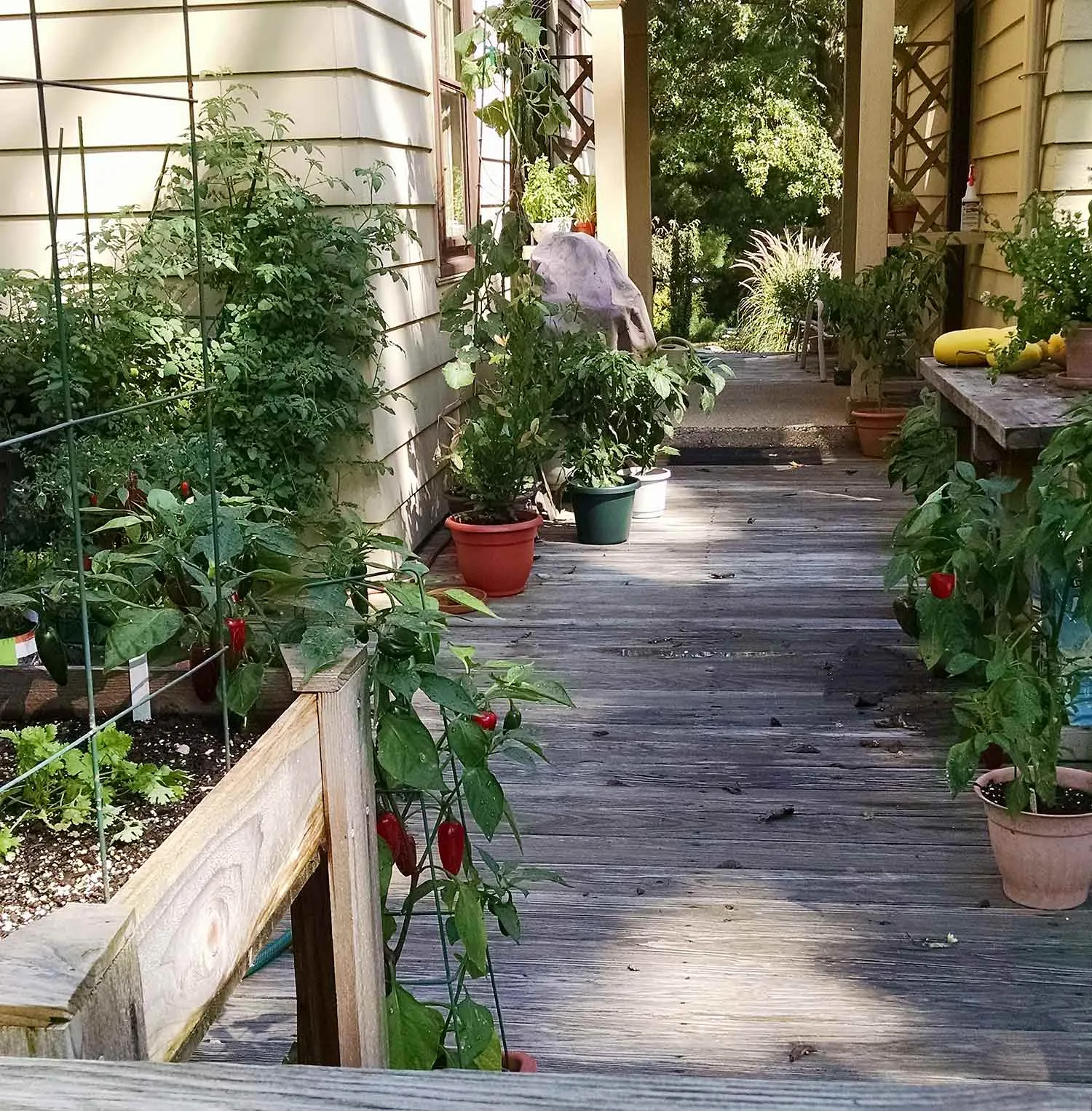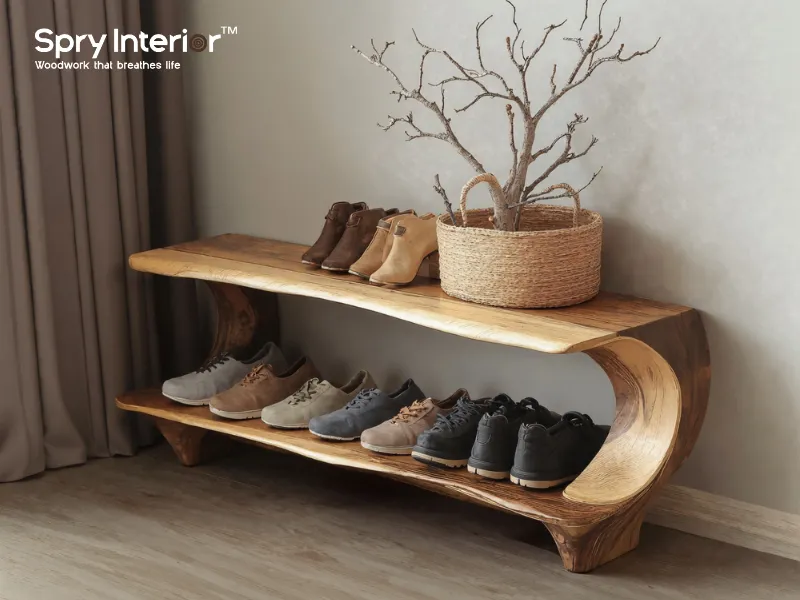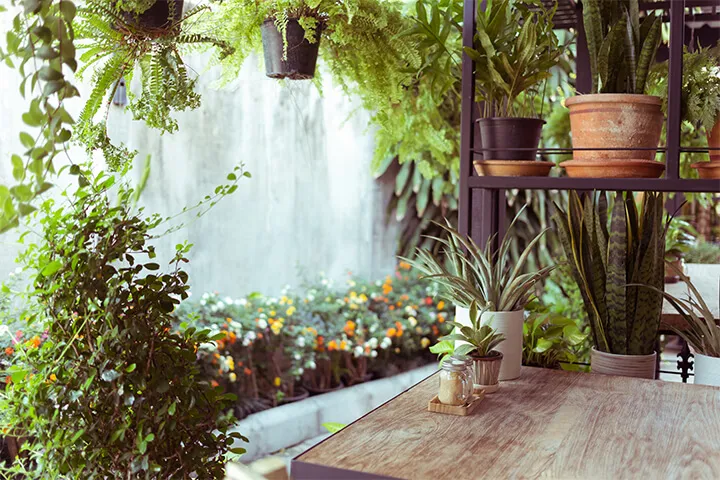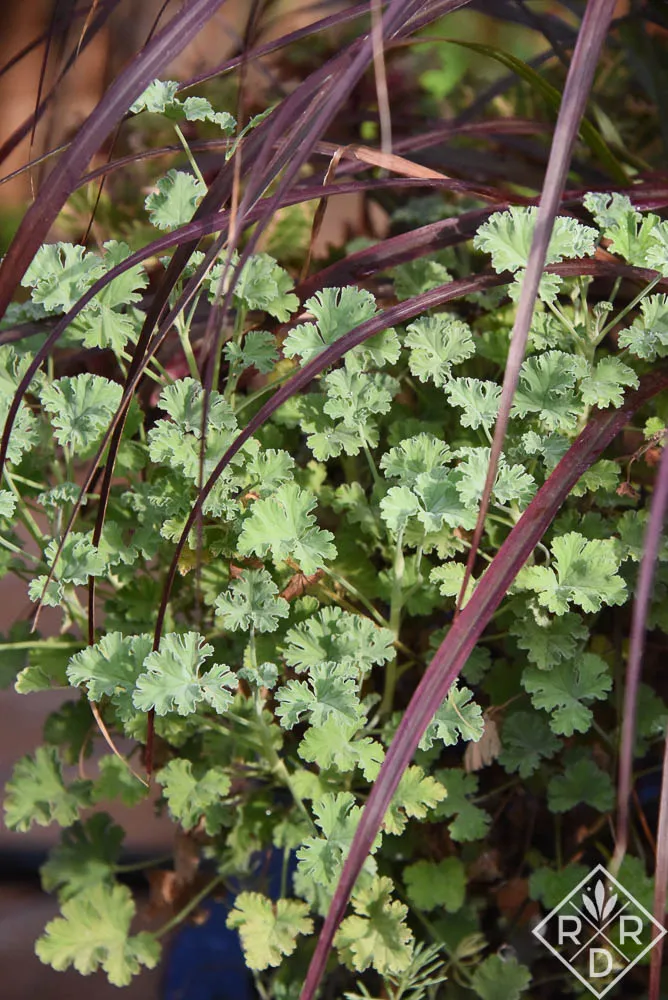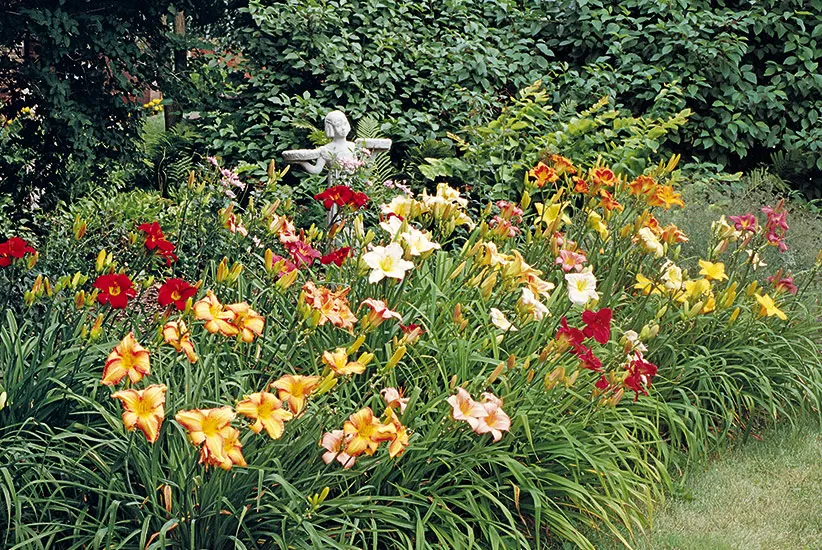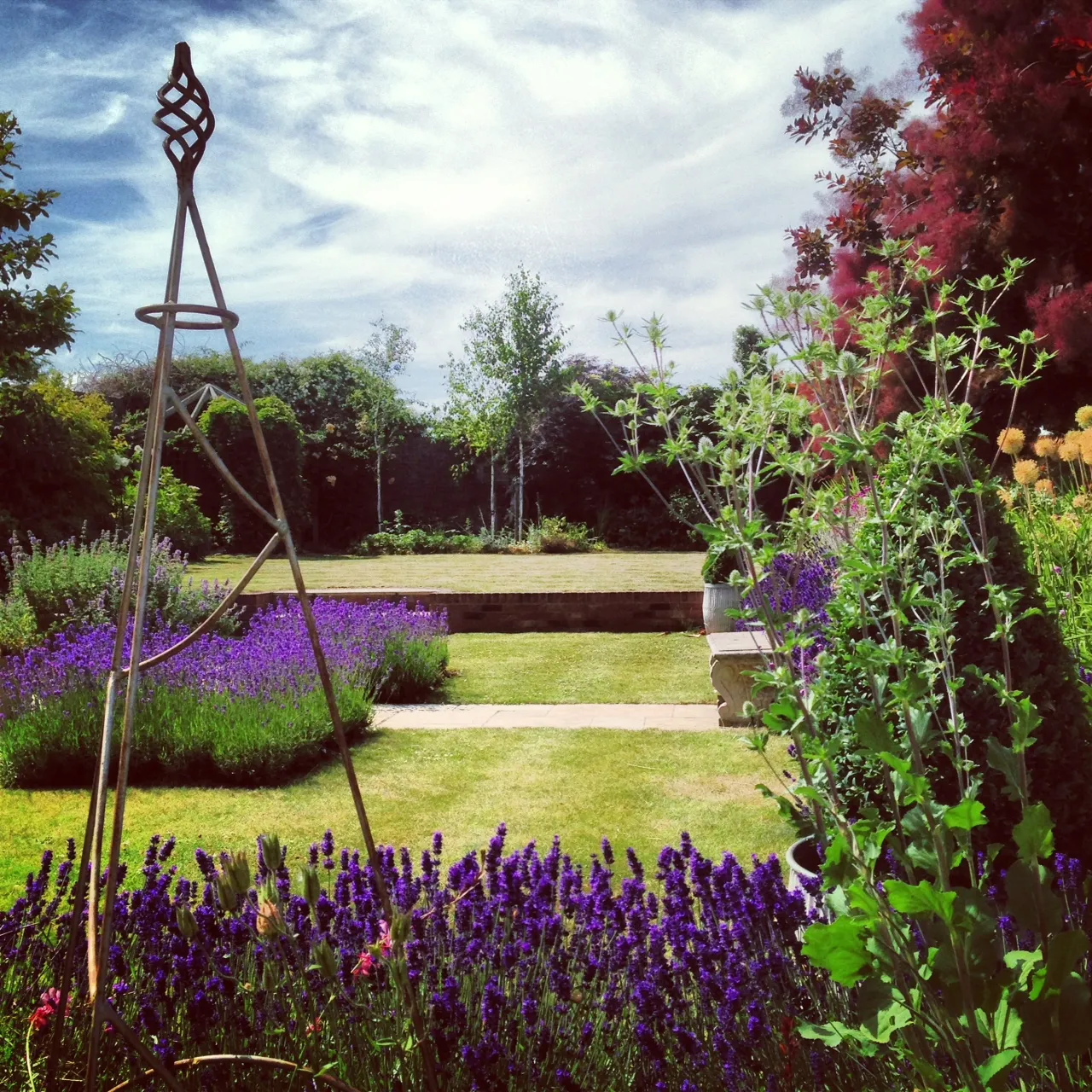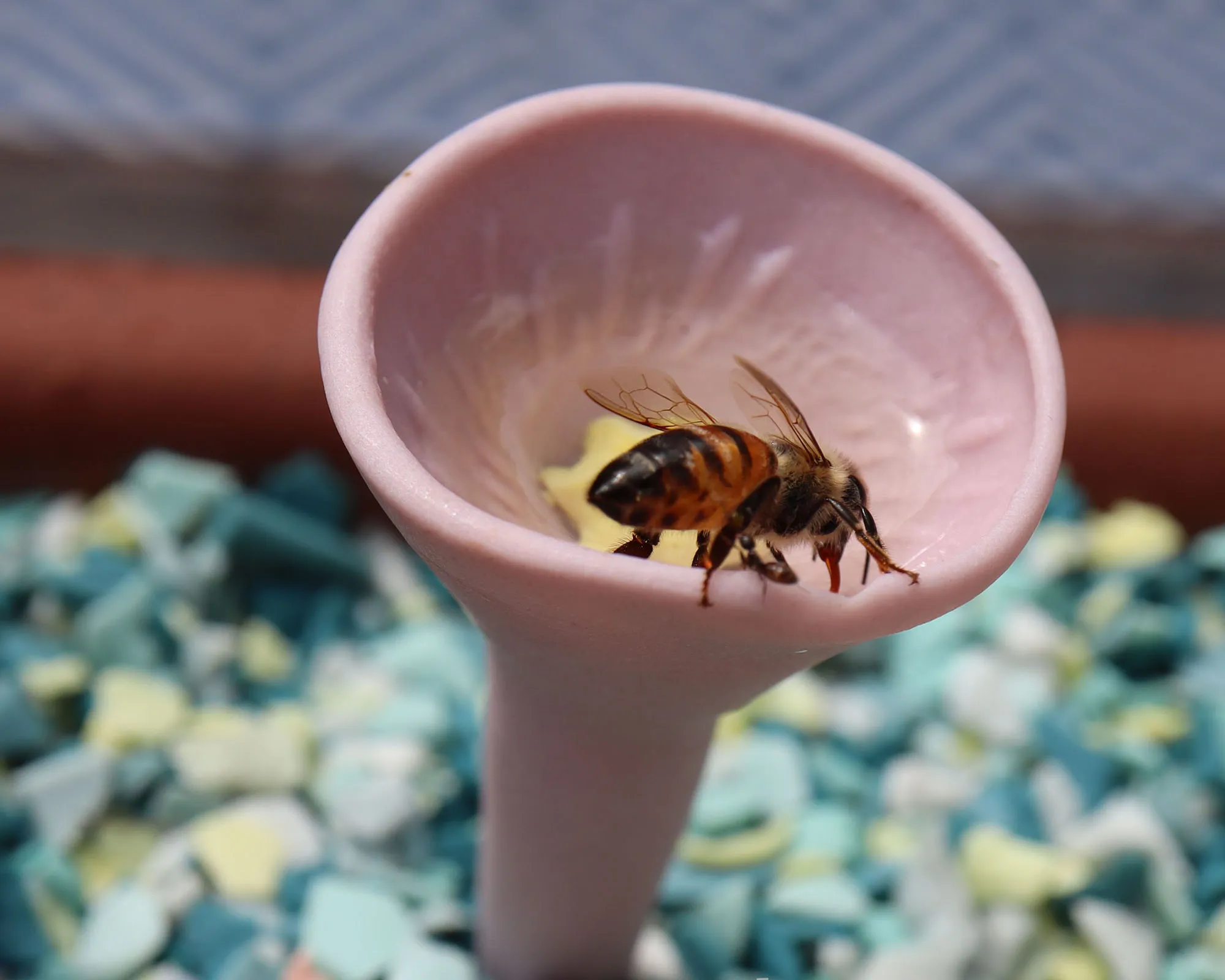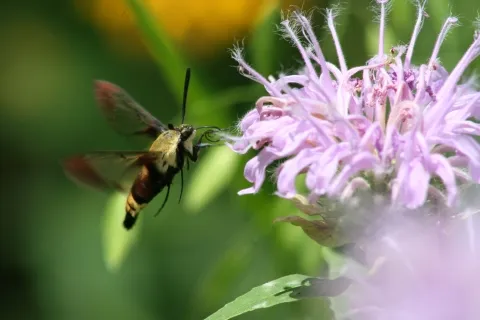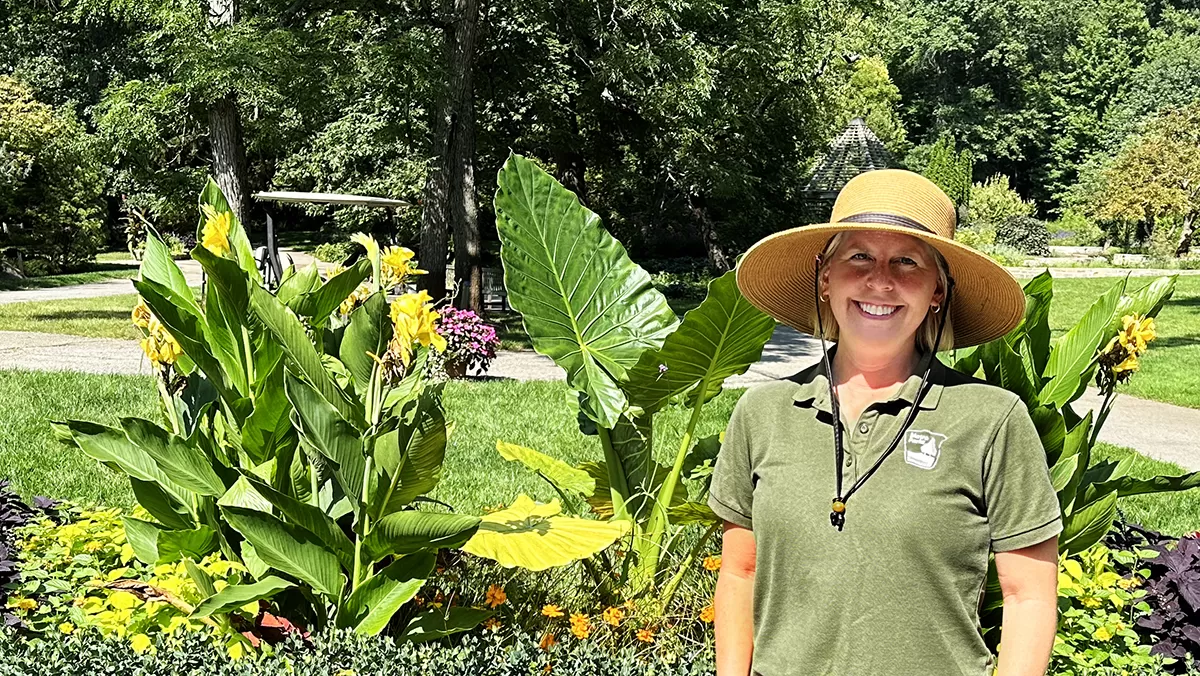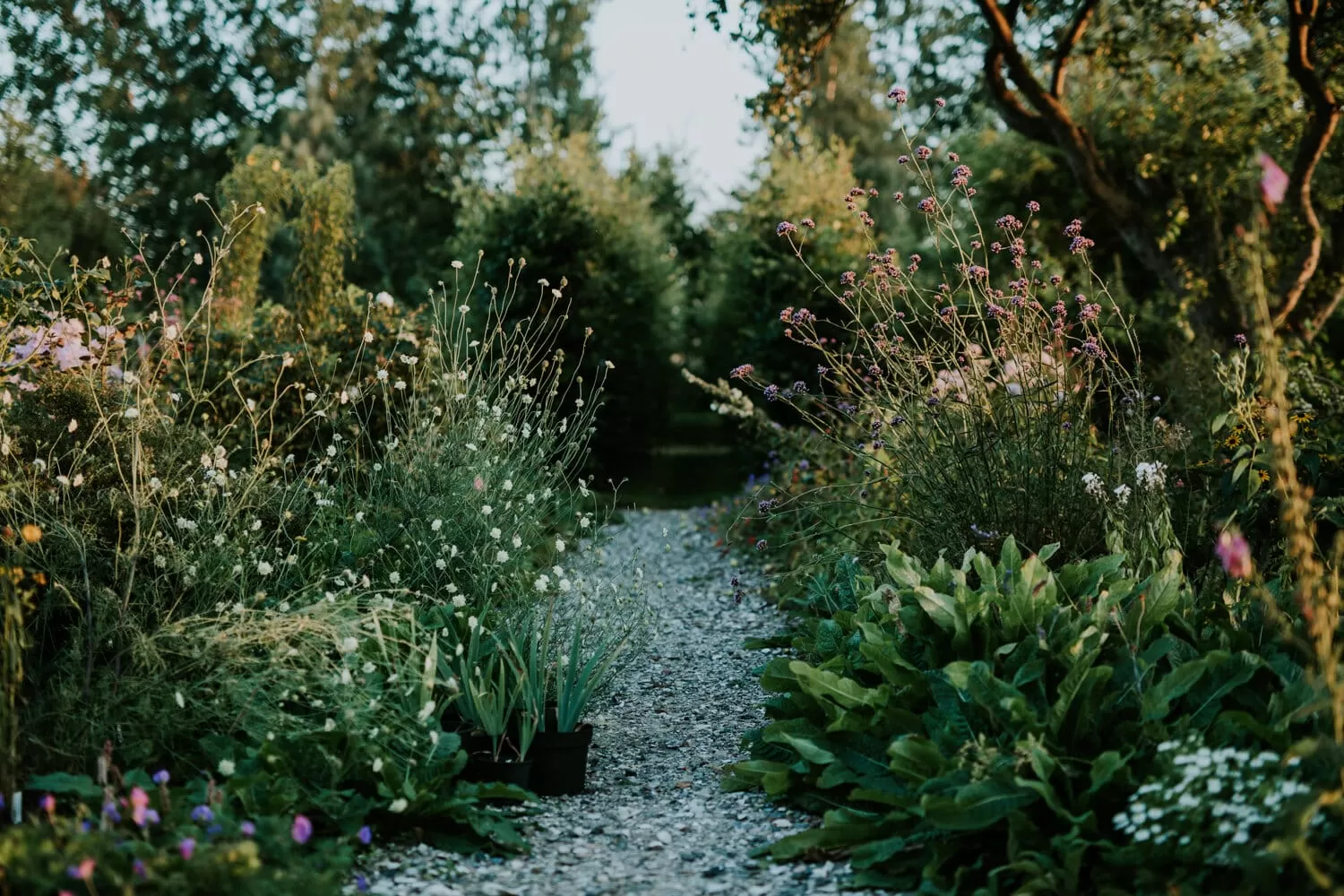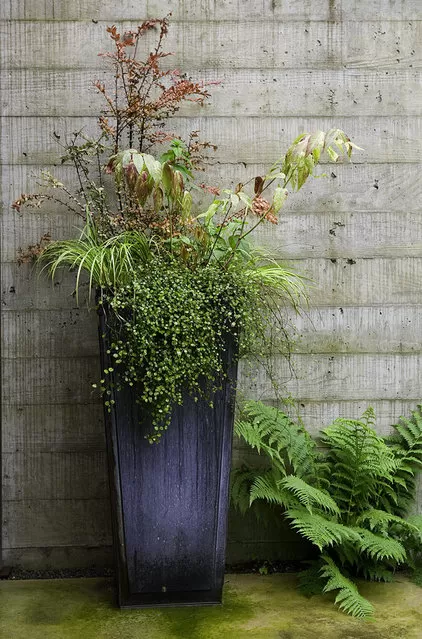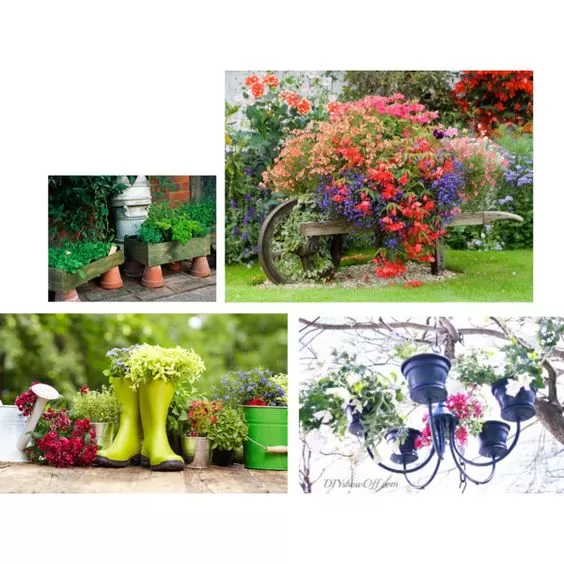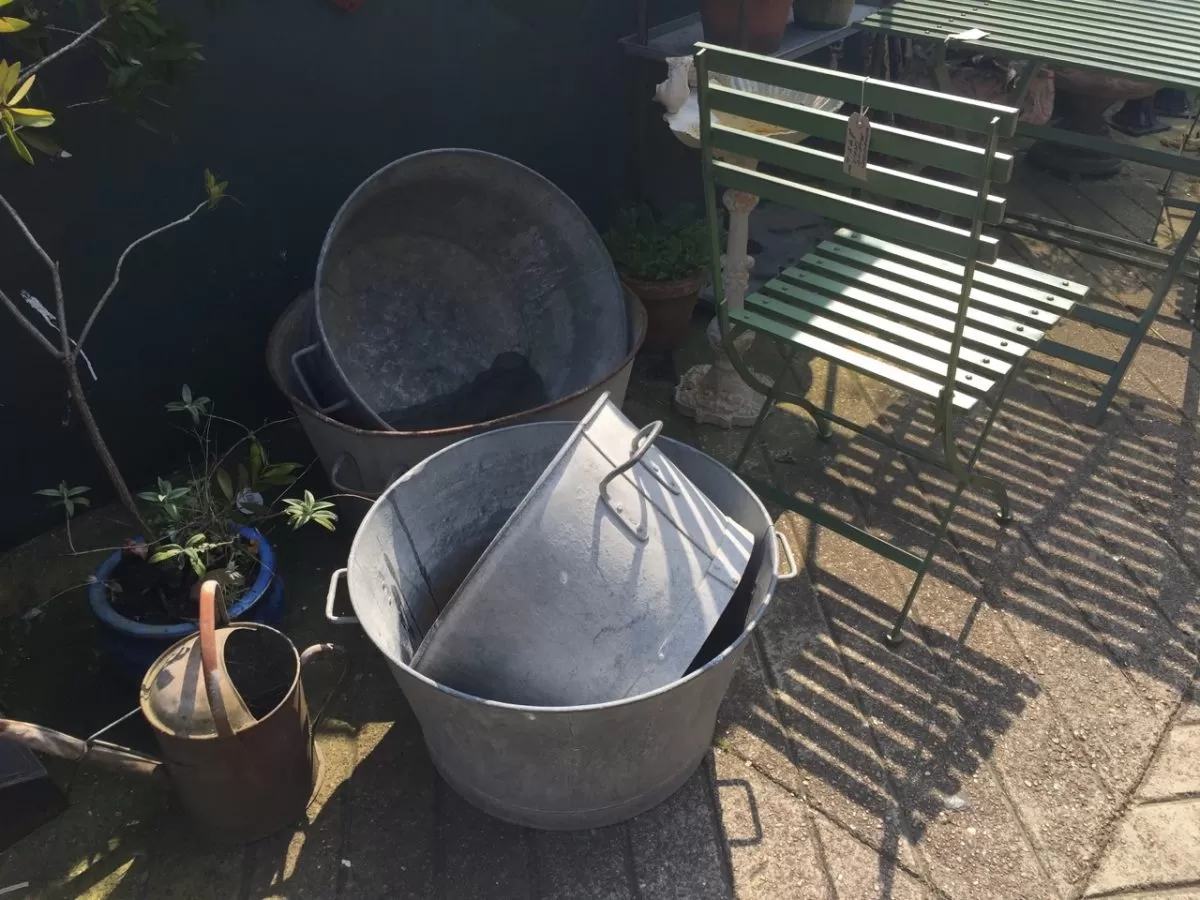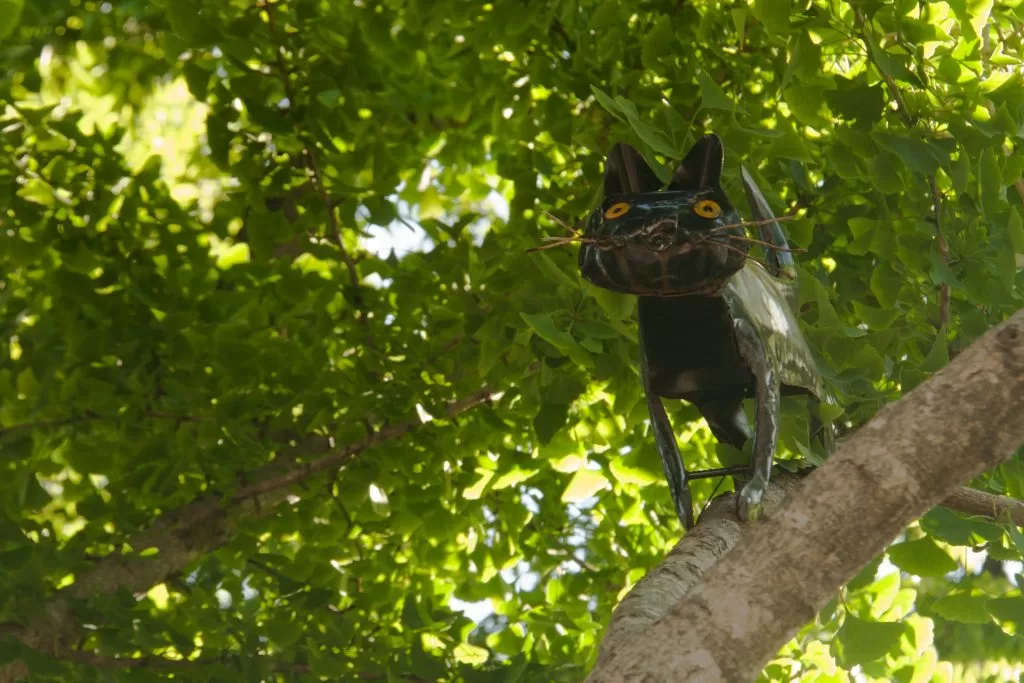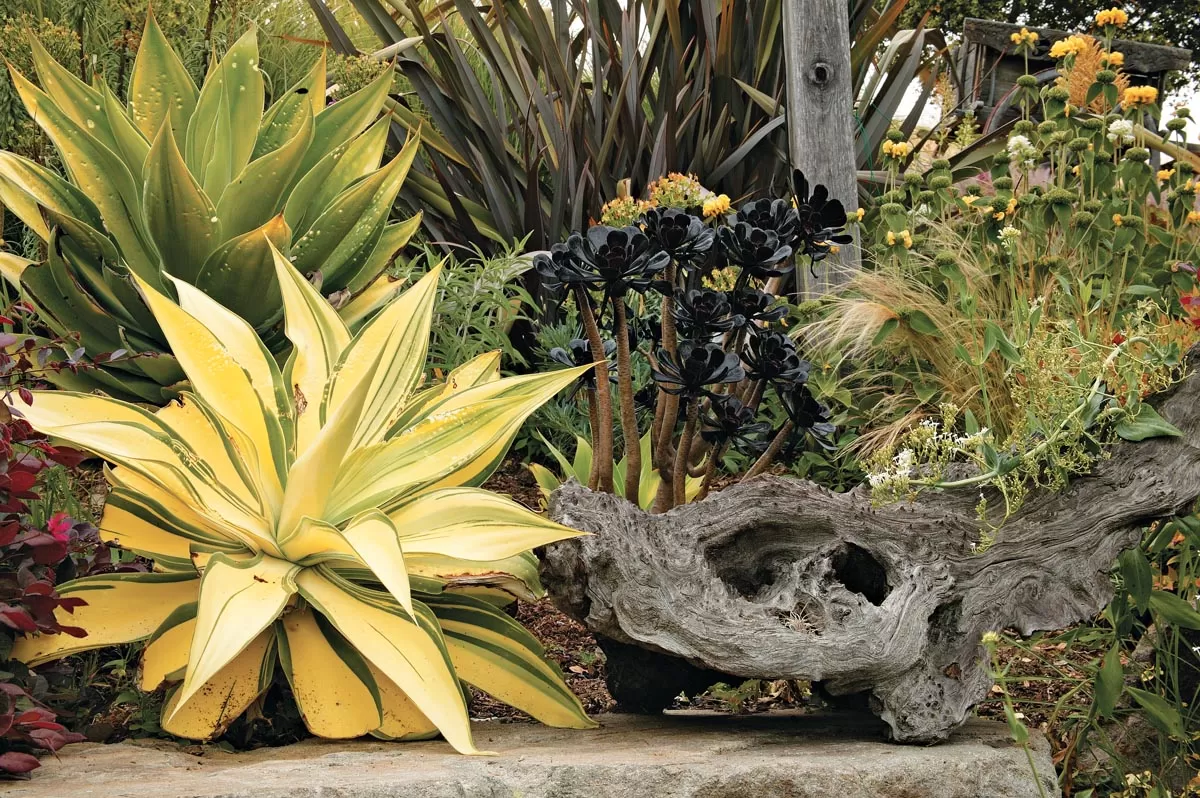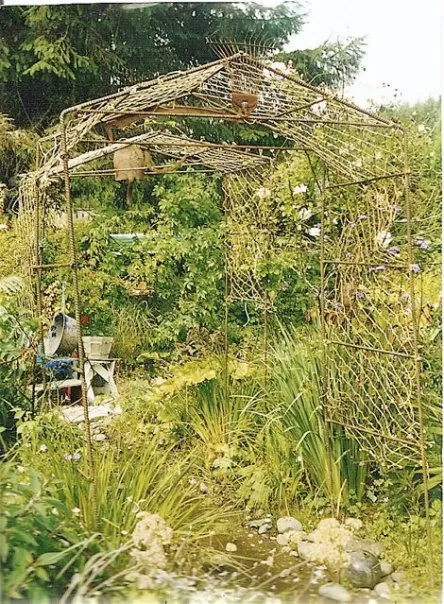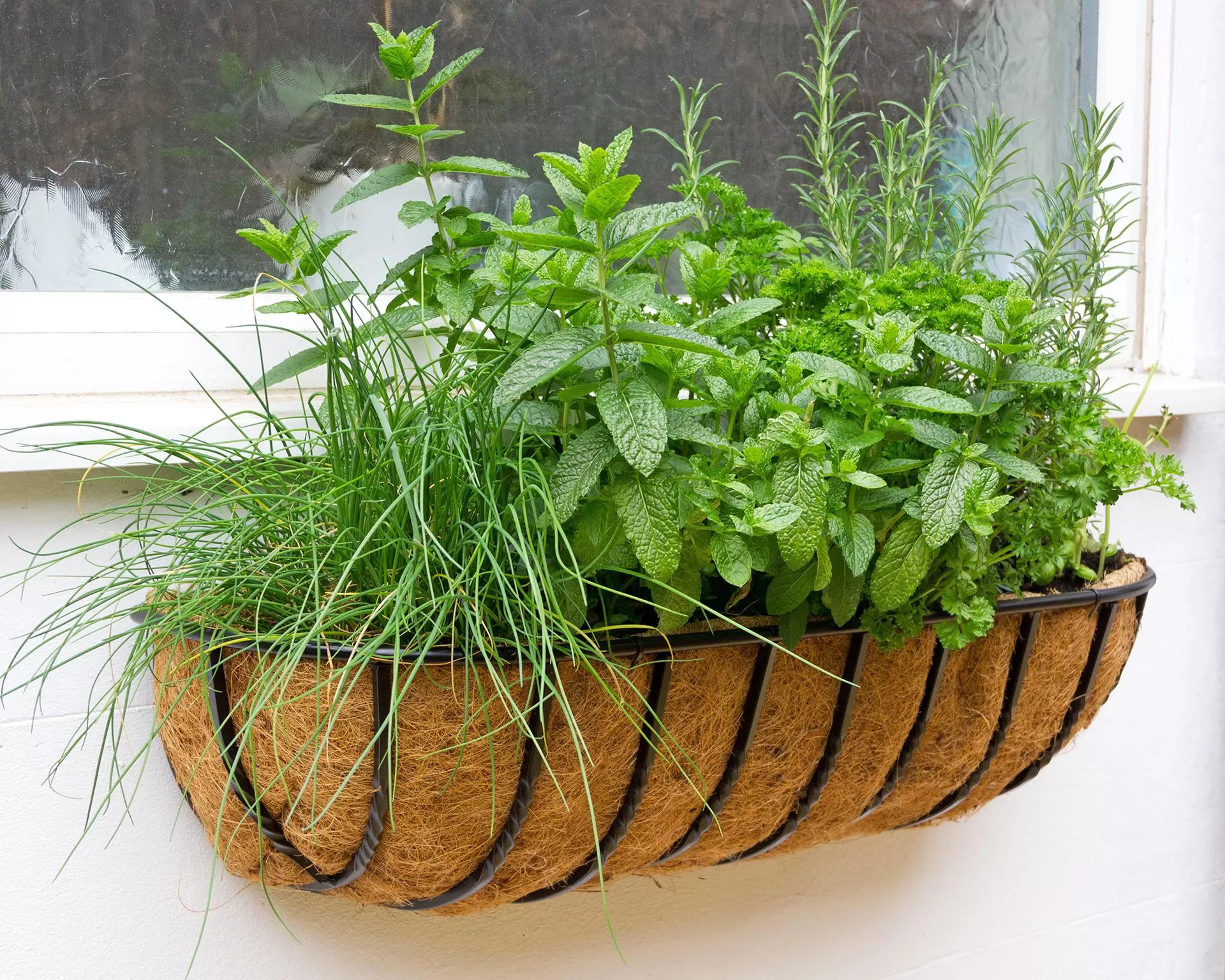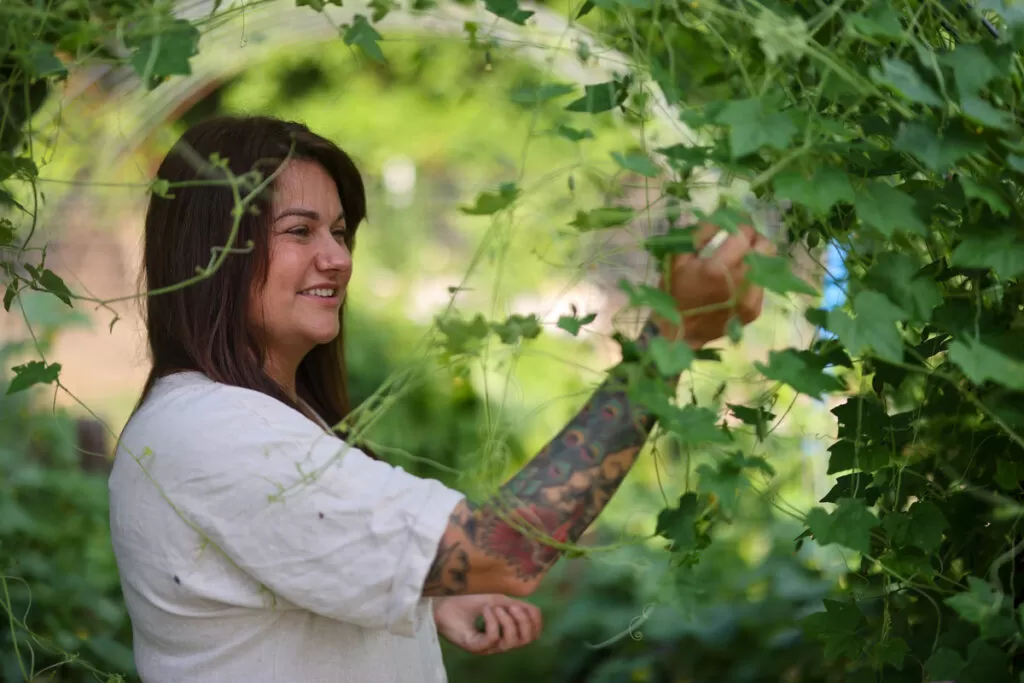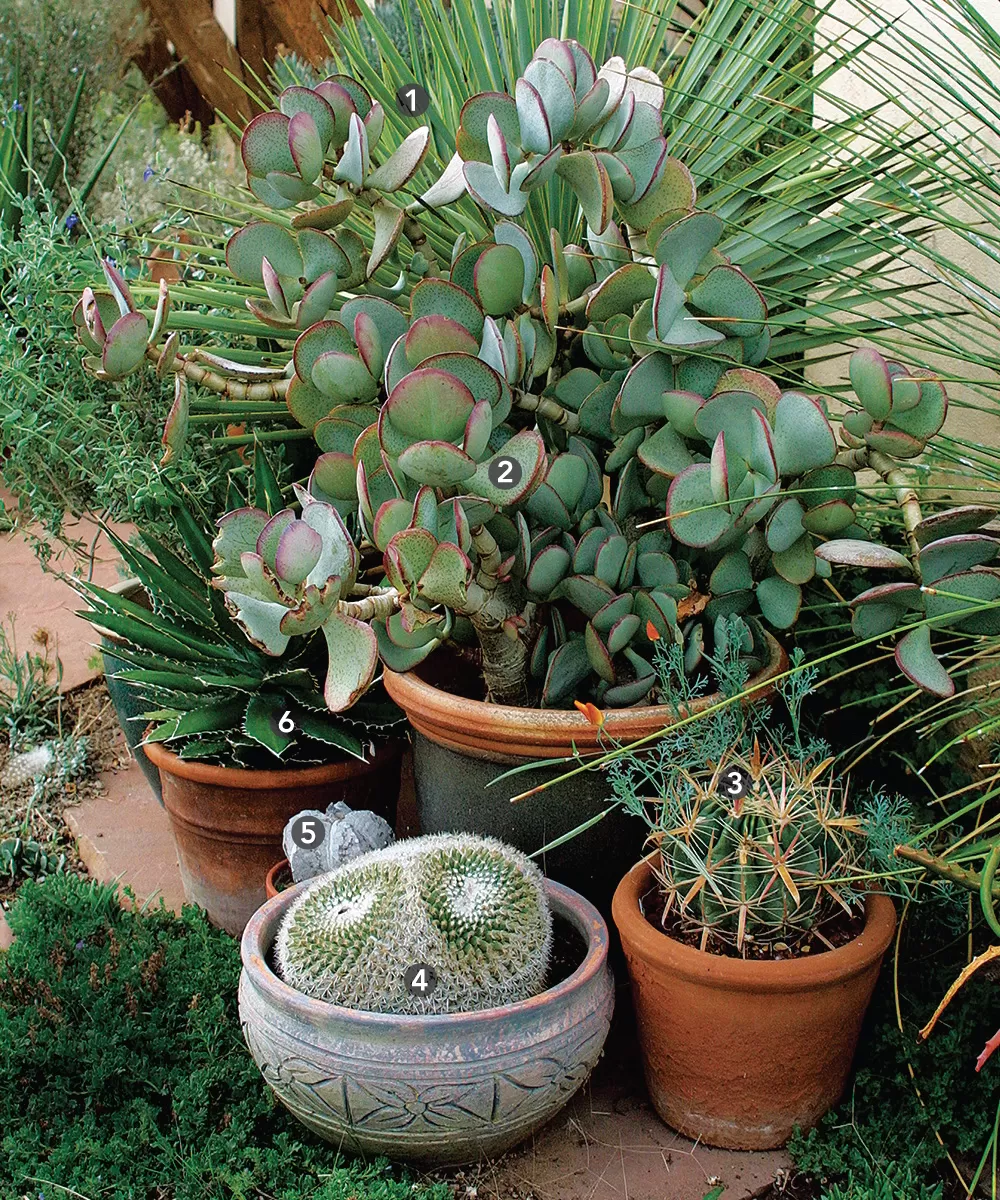Here’s what you’ll learn about transforming your container gardens:
- Maximize Value: Get more than one season from your container plants by using perennials.
- Lower Maintenance: Perennials often require less watering and deadheading than traditional annuals.
- Extend Interest: Enjoy evolving beauty in your pots as perennials transition through the seasons.
- Sustainable Gardening: Easily transfer container perennials into your garden beds at season’s end, essentially getting “free” plants for your landscape.
- Experiment Safely: Use containers as a testing ground to see how new plants perform before committing them to the ground.
Have you ever felt a pang of regret when dismantling those beautiful summer containers at the end of the season, knowing all those vibrant annuals were destined for the compost bin? It’s a familiar feeling for many gardeners. The expense and effort for a single season’s display can seem significant. But what if there was a way to create stunning, lush container gardens that not only lasted longer but also gave back to your garden? This season, we’re diving into the rewarding world of implementing green drenching containers – a method that uses the magic of perennials to achieve breathtaking, sustainable, and incredibly rewarding potted displays. It’s about filling your pots not just with color, but with lasting life and value.
Traditionally, containers are the domain of annuals, celebrated for their non-stop bloom power. While they certainly have their place, relying solely on them means a yearly cycle of purchase, planting, and eventual discard. My own journey into perennial containers began when a customer expressed hesitation about the cost of annuals for her terrace pots. That got me thinking: could perennials, typically reserved for garden beds, truly shine in a confined space? Could they offer the visual impact needed for a season-long display without constant fuss? I’ll admit, I had my doubts, picturing floppy stems and brief moments of glory. But the experiment proved to be a game-changer, leading to the discovery of how implementing green drenching containers this season could revolutionize my approach and offer incredible benefits.
Contents
Why Choose Perennials for Your Pots?
The allure of annuals is their immediate, season-long performance. However, perennials bring a different kind of beauty and a host of practical advantages to container gardening. When designing and implementing green drenching containers this season, think beyond just fleeting flowers. Perennials offer:
- Longevity: They live for multiple years, meaning you can potentially reuse them in pots or, more commonly, transfer them to your garden beds.
- Lower Maintenance: Many perennials are hardier and more drought-tolerant once established than their annual counterparts. They often require less frequent watering and deadheading.
- Evolving Interest: While they might not bloom continuously, perennials provide changing textures, foliage colors, and bloom periods that create dynamic, evolving displays throughout the season.
- Sustainability: Reusing plants year after year or integrating them into your landscape reduces the need for constant repurchasing.
- Cost-Effectiveness: While the initial cost might be similar, getting multiple seasons of use or free garden plants drastically improves their value proposition.
My initial cautious choices for those first perennial pots quickly proved their worth. The containers filled out beautifully, and instead of looking tired by late summer, they were vibrant and full of life. It wasn’t just about the blooms; the varied foliage textures and colors provided constant interest.
Selecting the Right Plants for Green Drenching Containers
Choosing perennials for containers requires a slightly different mindset than selecting for garden beds. You want plants that look good in a pot for an extended period, offering strong foliage interest or a good rebloom habit. My criteria were simple but effective: low-maintenance (no staking needed), interesting texture or color, and the potential to thrive once transferred to the garden. Consider the growing conditions – sun or shade – and the ultimate size of the plant. You want them to fill the pot but not quickly outgrow it entirely within one season.
Planting Ideas for Shade
Shady spots don’t have to be dull! Many perennials thrive in lower light conditions and offer incredible foliage color and texture, perfect for implementing green drenching containers this season on a north-facing patio or under a tree.
 blue pot filled with vibrant green, purple, and yellow foliage plants
blue pot filled with vibrant green, purple, and yellow foliage plants
Here are a few shade-loving stars that work wonderfully in pots, offering lush foliage and bursts of color:
-
‘Dark Star’ coleus
- Scientific Name: Solenostemon scutellarioides ‘Dark Star’
- Zone: 11 (Often grown as an annual in cooler zones)
- Light: Partial to Full Shade
- Humidity: Moderate to High
- Water: Consistently moist, but not waterlogged
-
Corydalis
- Scientific Name: Corydalis lutea
- Zone: 5–8
- Light: Partial to Full Shade
- Humidity: Moderate
- Water: Moist, well-drained soil
-
‘Aureola’ Japanese forest grass
- Scientific Name: Hakonechloa macra ‘Aureola’
- Zone: 5–9
- Light: Partial Shade
- Humidity: Moderate
- Water: Consistently moist, well-drained soil
My early shade experiments included classic performers that delivered beautifully.
 green pot featuring hostas with variegated leaves and white bleeding heart flowers
green pot featuring hostas with variegated leaves and white bleeding heart flowers
These combinations brought soothing textures and colors to a cooler spot:
-
White fringed bleeding heart
- Scientific Name: Dicentra eximia ‘Alba’
- Zone: 4–8
- Light: Partial to Full Shade
- Humidity: Moderate
- Water: Consistently moist, well-drained soil
-
‘Blue Moon’ hosta
- Scientific Name: Hosta ‘Blue Moon’
- Zone: 3–8
- Light: Partial to Full Shade (prefers some morning sun for best blue color)
- Humidity: Moderate
- Water: Consistently moist, well-drained soil
-
‘Ginko Craig’ hosta
- Scientific Name: Hosta ‘Ginko Craig’
- Zone: 3–8
- Light: Partial to Full Shade (tolerates a bit more sun than some hostas)
- Humidity: Moderate
- Water: Consistently moist, well-drained soil
-
‘White Nancy’ spotted deadnettle
- Scientific Name: Lamium maculatum ‘White Nancy’
- Zone: 4–8
- Light: Partial to Full Shade
- Humidity: Moderate
- Water: Evenly moist soil
-
Spreading bellflower
- Scientific Name: Campanula poscharskyana
- Zone: 4–7
- Light: Full Sun to Partial Shade
- Humidity: Moderate
- Water: Moist, well-drained soil
Choosing plants that offer beautiful foliage, like Hostas and Lamium, ensures your container looks fantastic even when not in bloom.
 terra cotta pot overflowing with pink bleeding heart, lungwort, and spotted deadnettle
terra cotta pot overflowing with pink bleeding heart, lungwort, and spotted deadnettle
This combination showcases softer colors and textures ideal for a calm, shady retreat:
-
‘King of Hearts’ bleeding heart
- Scientific Name: Dicentra ‘King of Hearts’
- Zone: 4–8
- Light: Partial to Full Shade
- Humidity: Moderate
- Water: Consistently moist, well-drained soil
-
‘Majesté’ lungwort
- Scientific Name: Pulmonaria ‘Majesté’
- Zone: 5–8
- Light: Partial to Full Shade
- Humidity: High
- Water: Consistently moist soil
-
‘Pink Pewter’ spotted deadnettle
- Scientific Name: Lamium maculatum ‘Pink Pewter’
- Zone: 4–8
- Light: Partial to Full Shade
- Humidity: Moderate
- Water: Evenly moist soil
Planting Ideas for Sun
Sunny locations call for heat-tolerant perennials that can handle direct light without wilting. These plants often offer bright blooms or striking foliage that stands up to the sun’s intensity, perfect for implementing green drenching containers this season on a sunny patio or balcony.
 tan pot filled with bright yellow coreopsis, golden sage, and variegated foliage
tan pot filled with bright yellow coreopsis, golden sage, and variegated foliage
Consider these sun-loving perennials for vibrant, heat-tolerant displays:
-
Golden variegated sage
- Scientific Name: Salvia officinalis ‘Icterina’
- Zone: 5–8
- Light: Full Sun
- Humidity: Low to Moderate
- Water: Well-drained, prefers drier conditions once established
-
‘Limelight’ licorice plant
- Scientific Name: Helichrysum petiolare ‘Limelight’
- Zone: 10–11 (Often grown as an annual in cooler zones)
- Light: Full Sun
- Humidity: Low to Moderate
- Water: Drought tolerant once established
-
‘Moonbeam’ coreopsis
- Scientific Name: Coreopsis ‘Moonbeam’
- Zone: 3–8
- Light: Full Sun
- Humidity: Low to Moderate
- Water: Well-drained, drought tolerant once established
Combining perennials with strong foliage and reliable bloomers ensures consistent interest in sunny spots.
 terra cotta pot showcasing purple sedum, dark sweet potato vine, and variegated sage
terra cotta pot showcasing purple sedum, dark sweet potato vine, and variegated sage
These plants offer a mix of textures and colors that thrive in the sun:
-
‘Vera Jameson’ sedum
- Scientific Name: Sedum ‘Vera Jameson’
- Zone: 4–9
- Light: Full Sun
- Humidity: Low
- Water: Very drought tolerant, needs excellent drainage
-
‘Blackie’ sweet potato vine
- Scientific Name: Ipomoea batatas ‘Blackie’
- Zone: 9–11 (Often grown as an annual in cooler zones)
- Light: Full Sun
- Humidity: Moderate
- Water: Consistently moist soil
-
Tricolor sage
- Scientific Name: Salvia officinalis ‘Tricolor’
- Zone: 5–8
- Light: Full Sun
- Humidity: Low to Moderate
- Water: Well-drained, prefers drier conditions once established
-
White alyssum
- Scientific Name: Lobularia maritima cv.
- Zone: Annual
- Light: Full Sun to Partial Shade
- Humidity: Low to Moderate
- Water: Evenly moist, but can tolerate some dryness
Mixing a few annuals, like alyssum or lobelia, in with your perennials initially can provide instant fullness and color while the perennials fill in.
 terra cotta pot brimming with Heuchera plants in shades of green and plum, mixed with trailing white alyssum
terra cotta pot brimming with Heuchera plants in shades of green and plum, mixed with trailing white alyssum
Heucheras are fantastic for adding rich foliage color that lasts all season in sun or part shade:
-
‘Green Spice’ heuchera
- Scientific Name: Heuchera ‘Green Spice’
- Zone: 4–9
- Light: Partial Shade (can tolerate more sun with consistent moisture)
- Humidity: Moderate
- Water: Consistently moist, well-drained soil
-
‘Plum Pudding’ heuchera
- Scientific Name: Heuchera ‘Plum Pudding’
- Zone: 4–9
- Light: Partial Shade (can tolerate more sun with consistent moisture)
- Humidity: Moderate
- Water: Consistently moist, well-drained soil
-
‘Limelight’ licorice plant
- Scientific Name: Helichrysum petiolare ‘Limelight’
- Zone: 10–11 (Often grown as an annual in cooler zones)
- Light: Full Sun
- Humidity: Low to Moderate
- Water: Drought tolerant once established
-
White alyssum
- Scientific Name: Lobularia maritima cv.
- Zone: Annual
- Light: Full Sun to Partial Shade
- Humidity: Low to Moderate
- Water: Evenly moist, but can tolerate some dryness
Remember that container plants generally need more frequent watering than those in the ground, even drought-tolerant perennials. However, perennials typically tolerate slightly drier conditions than thirsty annuals.
More Perennial Stars for Your Containers
Beyond the examples above, many other perennials lend themselves beautifully to container life, contributing to lush, diverse, and dynamic potted arrangements when implementing green drenching containers this season.
For Sun:
- Blue oat grass (Helictotrichon semper-virens, Zones 4–9)
- Bowles’ golden sedge (Carex elata ‘Aurea’, Zones 5–9)
- Bronze fennel (Foeniculum vulgare ‘Purpureum’, Zones 4–9)
- Lavenders (Lavandula spp. and cvs., Zones 5–10)
- Michaelmas daisy (Aster novi-belgii ‘Professor Anton Kippenberg’, Zones 4–8)
- Short fountain grasses (Pennisetum alopecuroides cvs., Zones 6–9)
- Snow in summer (Cerastium tomentosum and cvs., Zones 3–7)
- Spurges (Euphorbia spp. and cvs., Zones 4–11)
- Wormwoods (Artemisia spp. and cvs., Zones 3–9)
For Shade:
- American maidenhair fern (Adiantum pedatum, Zones 3–8)
- Barrenworts (Epimedium spp. and cvs., Zones 4–9)
- European wild ginger (Asarum europaeum, Zones 4–8)
- Foam flowers (Tiarella spp. and cvs., Zones 3–9)
- Lady’s mantle (Alchemilla mollis, Zones 4–7)
- Siberian buglosses (Brunnera macrophylla cvs., Zones 3–7)
Design Tips for Green Drenching Pots
Creating visually appealing and lush perennial containers involves a few key design considerations:
- The Thriller, Filler, Spiller Concept (Adapted): Even with perennials, this classic design principle works. Choose a taller, upright plant as your “thriller,” bushier plants to “fill” the middle ground, and trailing plants to “spill” over the edges. With perennials, focus on textures and varying heights even when not in bloom.
- Foliage First: Since many perennials have shorter bloom times than annuals, prioritize plants with interesting and colorful foliage. This provides the backbone of your design for the entire season.
- Consider Ultimate Size: Research how large the perennials will grow. While you want the container to look full, avoid overcrowding with plants that will quickly become too big for the pot.
- Contrast and Complement: Mix plants with contrasting leaf shapes, colors, and textures for visual interest. Alternatively, choose plants with similar palettes for a more soothing, monochromatic look.
The Grand Finale: Transferring Plants to the Garden
One of the most satisfying aspects of implementing green drenching containers this season is the effortless transition of your container stars into your garden beds at the end of the growing season. Instead of discarding plants, you’re enriching your landscape.
I typically empty my perennial containers in early to mid-fall, giving the plants enough time to establish roots in their new garden homes before winter sets in. Gently lifting the plants out with a trowel and my hands, I often find they’ve grown substantially, making them perfect candidates for division. This is a fantastic bonus – you get multiple plants from the one you grew in the pot!
Walk around your garden beds and look for bare spots or areas that could benefit from a boost of texture or color. Tuck your container graduates into these spaces, treating them like any new perennial planting. Water them in well. For plants that don’t have an immediate permanent home, you can create a temporary “holding bed” where they can overwinter before you decide on their final placement the following spring. Protecting newly planted or transferred perennials with evergreen boughs after the ground freezes can help prevent them from being pushed out of the soil by frost heave.
This process creates a beautiful synergy between your container designs and your in-ground garden. You get vibrant, low-maintenance container displays all season, and your garden benefits from a continuous supply of well-grown, established perennials. It’s truly getting two different uses from the same plant, making your gardening efforts both smarter and more sustainable. Plus, having a ready supply of “extra” perennials means you’re always prepared for new projects or filling gaps that appear in the garden.
Conclusion
Implementing green drenching containers this season is more than just a planting technique; it’s a rewarding shift towards more sustainable, versatile, and enjoyable container gardening. By choosing perennials for your pots, you unlock a world of benefits: less maintenance, evolving beauty, and a generous supply of new plants for your garden beds. It’s a method that saves money, reduces waste, and connects your patio displays seamlessly with your broader landscape. Give perennial containers a try this year and experience the deep satisfaction of creating lush, long-lasting beauty that keeps on giving.
Have you tried using perennials in your containers? What are your favorite varieties? Share your experiences and questions in the comments below! And don’t forget to explore more gardening tips and ideas on Thelittle.garden.


